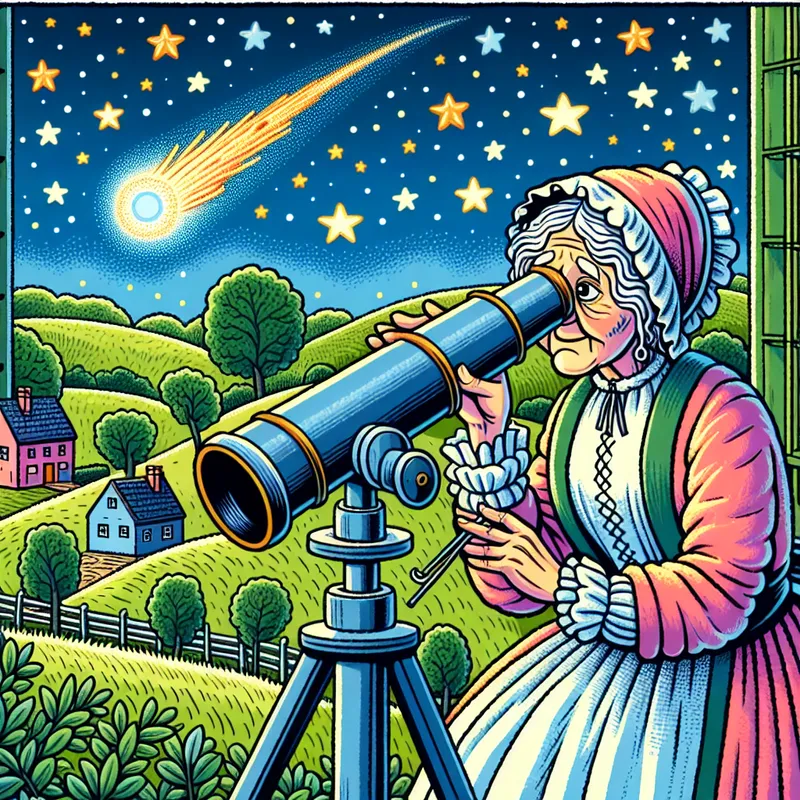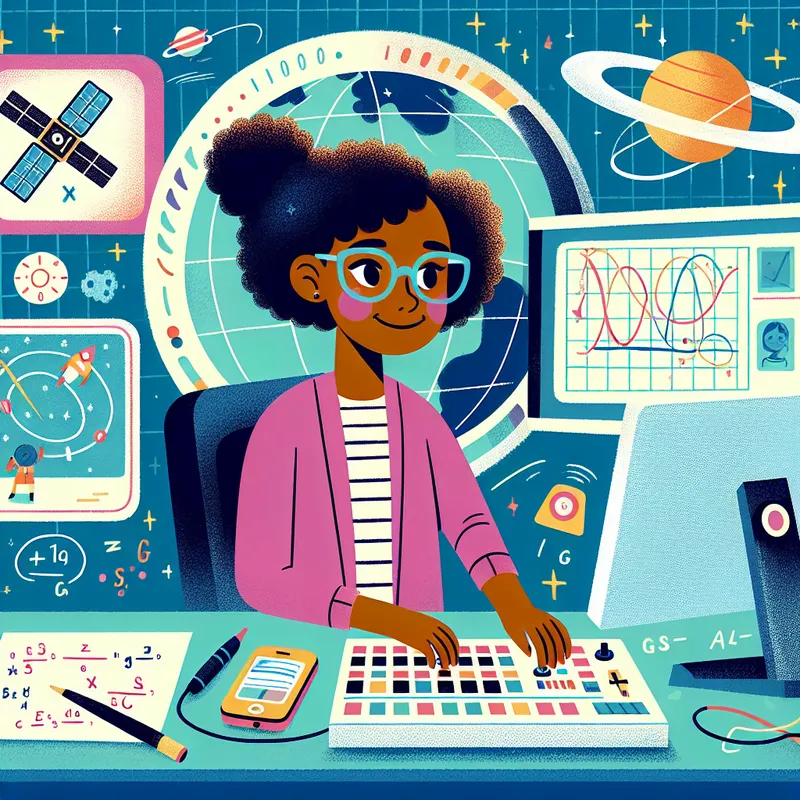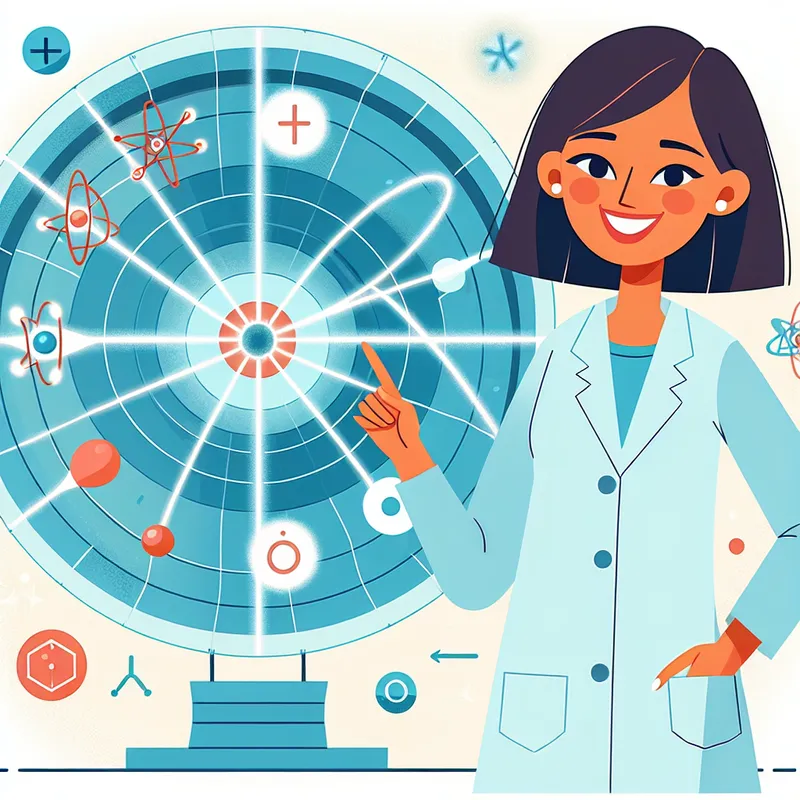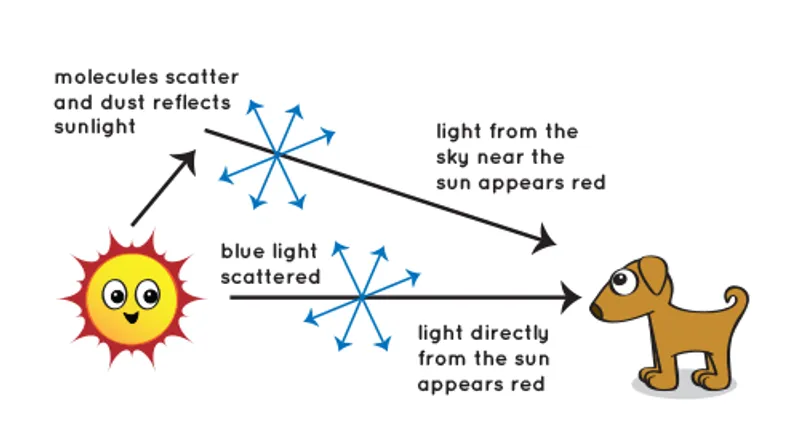Published on 10/03/2025 by James Best
Let’s Discover Something Amazing!
Have you ever played a game of hide-and-seek and thought, “I wish I had a magic map to find my friends”? 🗺️ Well, get ready to meet Gladys West, the brilliant mathematician whose work helped create an incredible “magic map” for the whole world – the Global Positioning System (GPS)!

Back in the 1950s, when computers were as big as rooms, Gladys was a maths whizz crunching massive numbers to calculate the shape of the Earth. Her calculations were so precise that they helped satellites orbit our planet perfectly and pinpoint locations anywhere! 🛰️
Time to Get Our Hands Dirty!
Safety First! This experiment uses strong magnets, so keep them away from electronics and ask an adult for help.
Materials Needed:
- 2 strong magnets
- A piece of string or thread
- A small object made of magnetic metal (like a paperclip)
Let’s Go!
- Tie one magnet to the end of the string.
- Hold the other magnet in your hand and dangle the string magnet next to it.
- Observe how the string magnet moves and points towards the held magnet.
- Now move the held magnet around and see how the string magnet follows it!
- Place the small metal object (like a paperclip) on a table and use both magnets to “steer” it around without touching it directly.
What’s Happening? The magnets are creating an invisible force field that attracts the metal object, just like how GPS satellites use magnetic forces and mathematics to pinpoint locations on Earth!
Mind-Blowing Facts!
🧠 Did you know that GPS satellites orbit at an incredible height of 20,200 km (12,550 miles) above Earth?
🤯 If you could drive a car straight up, it would take over 6 months to reach the first GPS satellite!
🌍 There are at least 24 GPS satellites orbiting Earth at all times, constantly beaming signals to help your phone or sat-nav know exactly where you are.
Your Turn to Explore!
- Try making a simple compass using a magnet, a bowl of water, and a leaf or piece of cork. Can you make it point north?
- Research other uses of satellites beyond GPS, like weather forecasting or studying the Earth’s environment.
- See if you can find any GPS satellites in the night sky using a stargazing app!
The Big Question
Gladys West’s mathematical genius helped shape the modern world we live in. What other amazing discoveries and inventions do you think maths and science could unlock in the future? 🤔
Written by James Best
← Back to blog





